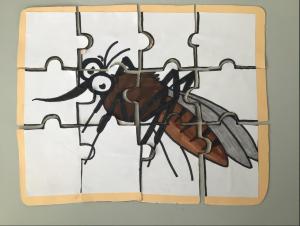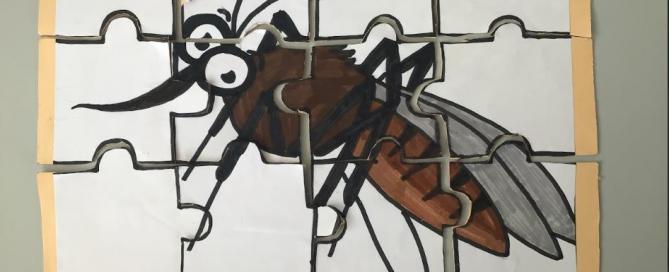A total of 1,162 students from 6 primary schools and 27 high schools across Spain have been part of the Mosquito Alert educational project. In addition, various entities have also been involved in the execution of the program, either by providing financial support or actively participating in the project.
These institutions include:
- the Spanish Foundation for Science and Technology (FECYT),
- the Environmental Association Xatrac,
- the Public Health Agency of Barcelona (ASPB),
- the Office of Citizen Science (OCC),
- the Ciudad Ciencia project (part of CSIC),
- the Mosquito Control Service of Empordà, and
- the University of the Balearic Islands (UIB).
Thanks to the Mosquito Alert initiative, students have understood the importance of monitoring mosquito presence and have actively contributed to detecting potential breeding sites or adult mosquitoes.
The educational project is presented in three versions, adapted to the participants’ ages. Each version is designed for different educational levels and establishes specific objectives. Specifically, there are three levels: one for primary school, another for 1st, 2nd, and 3rd year of secondary education (ESO), and a final one for 4th year of ESO, high school, and vocational training.
Throughout the project, students have learned to identify different species of mosquitoes, especially the common mosquito (Culex pipiens) and the tiger mosquito (Aedes albopictus). They have also acquired knowledge about the habits and ecological characteristics of these insects, the public health risks associated with their bites, and their potential to transmit diseases such as dengue, chikungunya, or West Nile virus.
After this initial learning phase, students have conducted research and data collection tailored to their educational level. Finally, all students have presented the results of the process and research in various final products. Older students have created scientific posters. Furthermore, students belonging to the intermediate educational level developed communicative products such as brochures, videos, and infographics. Primary school students have created creative products of their choice.
As a closing of the project, a contest of final products has been held, evaluated by a jury composed of Mosquito Alert staff along with two collaborators: Carlos Barceló, a professor at the University of the Balearic Islands (UIB), and Daniel Bravo from the University of Extremadura.
The best works from the FECYT call come from the following institutes:
- Pasqual Calbó and Caldés in Menorca,
- ESTNA in Navarra, S
- anta Magdalena de Sofía in Mallorca,
- PIUS XII in Mallorca,
- Diego Velázquez and Cervantes in Madrid,
- María Auxiliadora in Valencia, and
- San Antonio de Padua in Cáceres.
As for the Barcelona call, the best works have been awarded to the following institutes:
- Doctor Puigvert,
- Narcís Monturiol, J
- oan d’Àustria,
- Alzina, and
- Maria Espinalt.
Gallery with the winning products of primary school students.




Gallery with the winning products in the scientific poster category.



The students have become agents of change and have promoted greater awareness in their community about the importance of controlling mosquitoes and preventing breeding sites to protect public health. With this, a highly interesting course comes to a close.
This initiative is part of the MOSQUITO ALERT FOR YOUTH project: Fostering Scientific Vocations Through Citizen Science, promoted by the Xatrac association and with the collaboration of the Spanish Foundation for Science and Technology (FECYT) – Ministry of Science and Innovation.”
You can find a map with all the participating centers at this link.




